Fandom old, she/her, USA | All Phantom, all the time (...almost) | Shameless Erik/Mannequin Shipper | jennyfair on FFN | Trade List | Header by ofbeautsandbeasts
Don't wanna be here? Send us removal request.
Text



Leucistic Red Tail Hawk
real.life.is.art
9K notes
·
View notes
Text
Me when ppl ask why I love ugly monster men

39K notes
·
View notes
Photo



Charlotte Gainsbourg in Jane Eyre (1996)
983 notes
·
View notes
Text
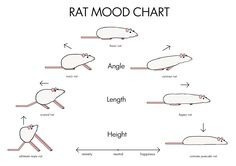
where is any higher quality version of this image
48K notes
·
View notes
Text

NASA just dropped the closest image ever taken of Jupiter.
12K notes
·
View notes
Text
feeling down? having a bit of a bad day? need something to cheer you up? then may i present to you:
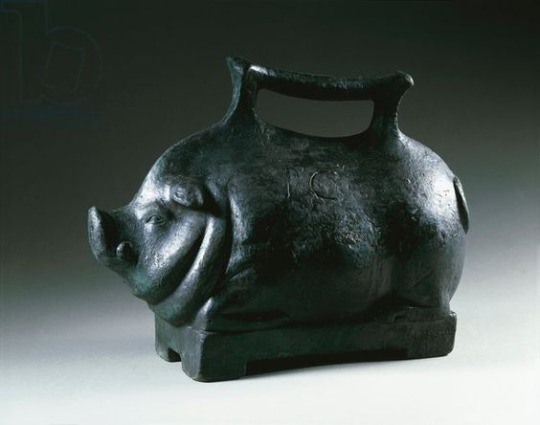
1st century AD pig shaped bronze and lead weight on a rectangular base
23K notes
·
View notes
Text

Saturday, March 8, 2025 • 9 p.m. EST: Killian Donnelly, Lucy St. Louis & Matt Blaker (London 2023)
First, please review the updated chat code of conduct, even if you're a stream veteran! We've had some large and varied audiences lately, and it helps when we're all on the same page.
This is a fun cast! It's one of Lucy's last performances, and she is an absolute DREAM to watch.
As always, stream will be on cy.tube and shy anons are welcome. For more info, please see the Saturday Streams FAQ! Link and password will be posted here at 8:45.


56 notes
·
View notes
Video
WHO WAS GOING TO TELL ME THAT GUILLERMO DEL FRIGGING TORO MADE AN OPENING FOR TREEHOUSE OF HORROR 10 YEARS AGO AND HE INCLUDED PHANTOM OF THE OPERA IN IT?!?!??! LIKE HE ACTUALLY INCLUDED GASTON LEROUX’S ERIK IN IT!!!!!
217 notes
·
View notes
Text
Making my return to the trading world with a special gifting spree! I ended up using a Google Doc for this because I have *almost* every single recording of Steve Barton in all the shows he’s done!
So without further ado here it is!!! Happy 2025 everyone!
The Steve Barton Collection
51 notes
·
View notes
Photo
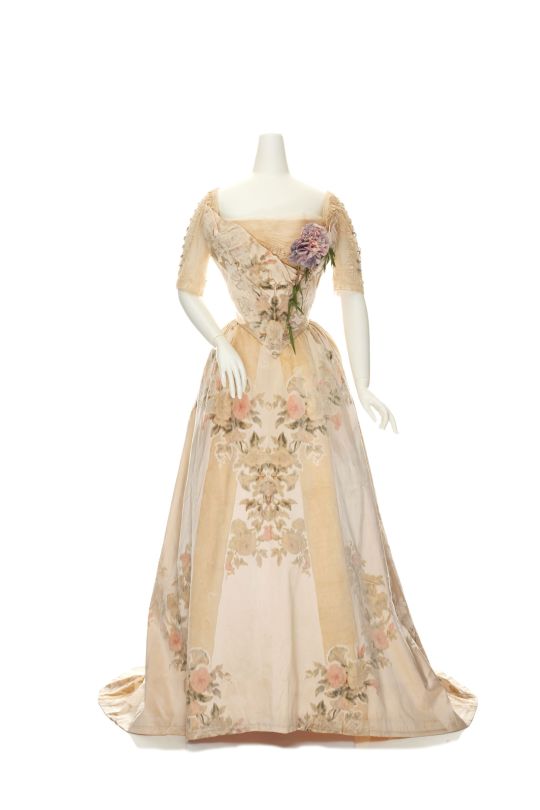
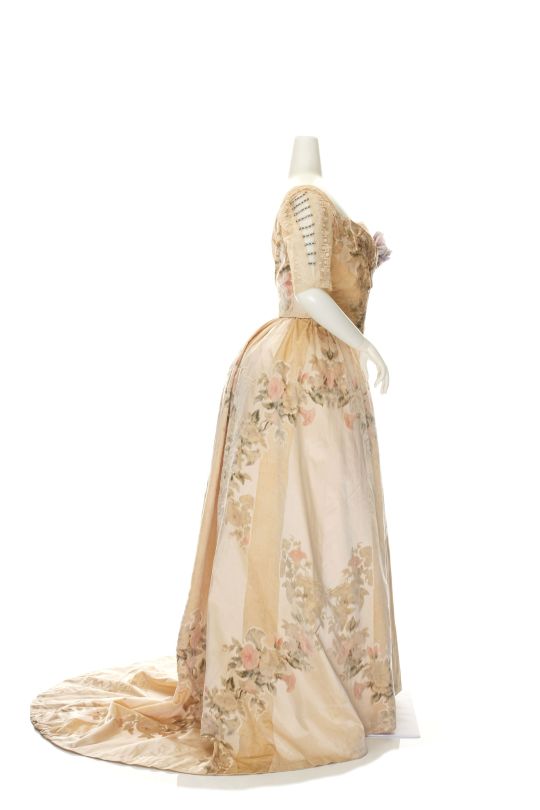
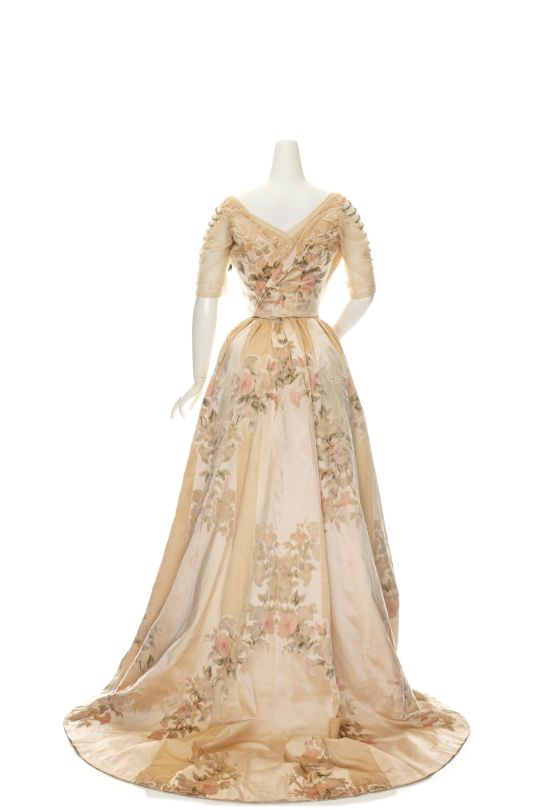
ab. 1900 Evening dress by House of Worth, Paris, France
silk, cotton, tulle, lace
(Powerhouse Museum)
2K notes
·
View notes
Text

Erik’s expression as Daroga proposes a 50 step self-help plan to “stop committing crimes and clean up your life”.
16 notes
·
View notes




